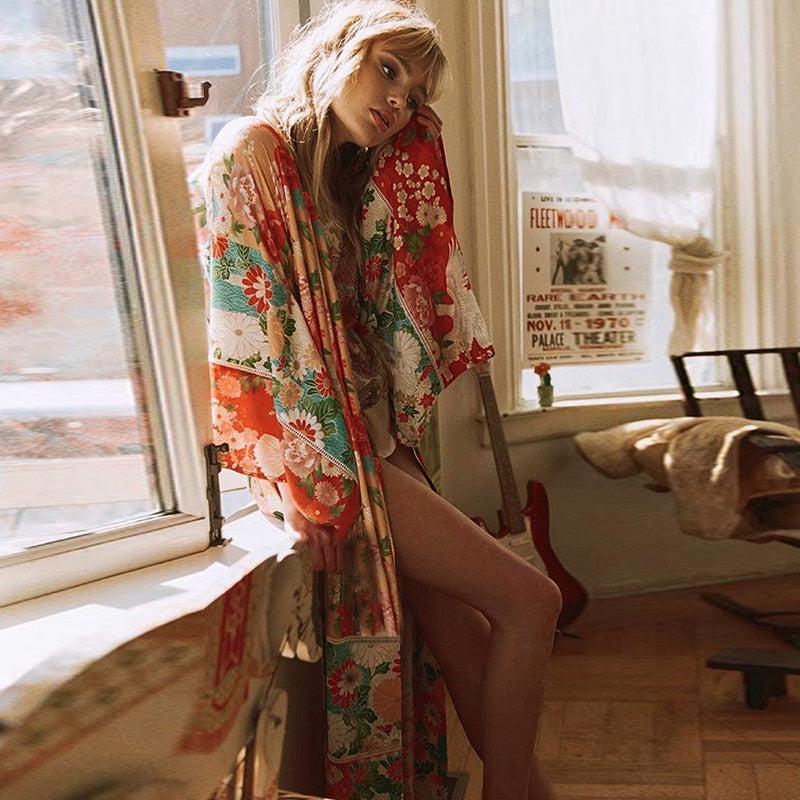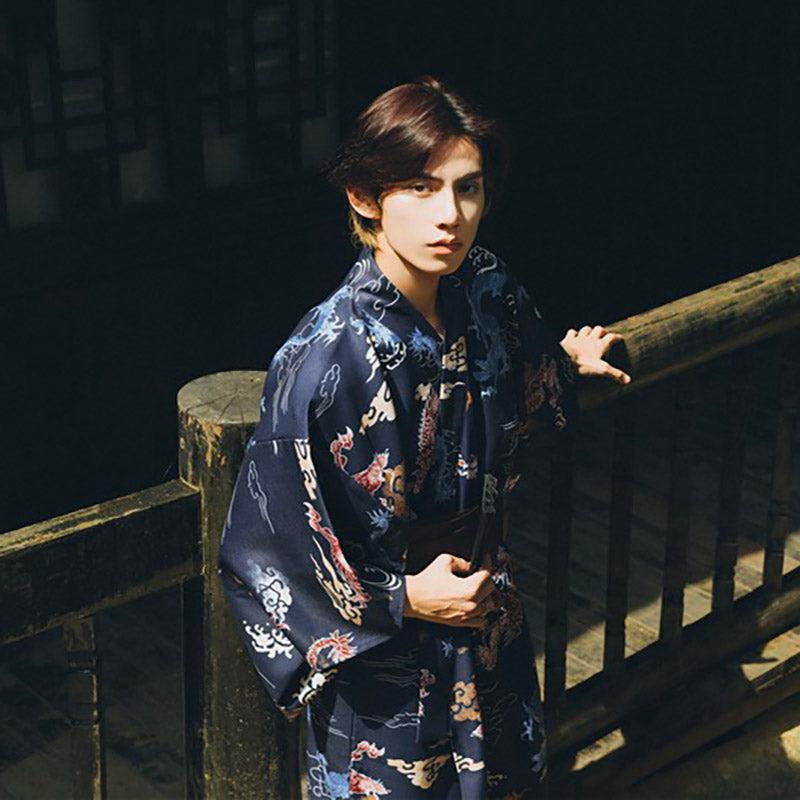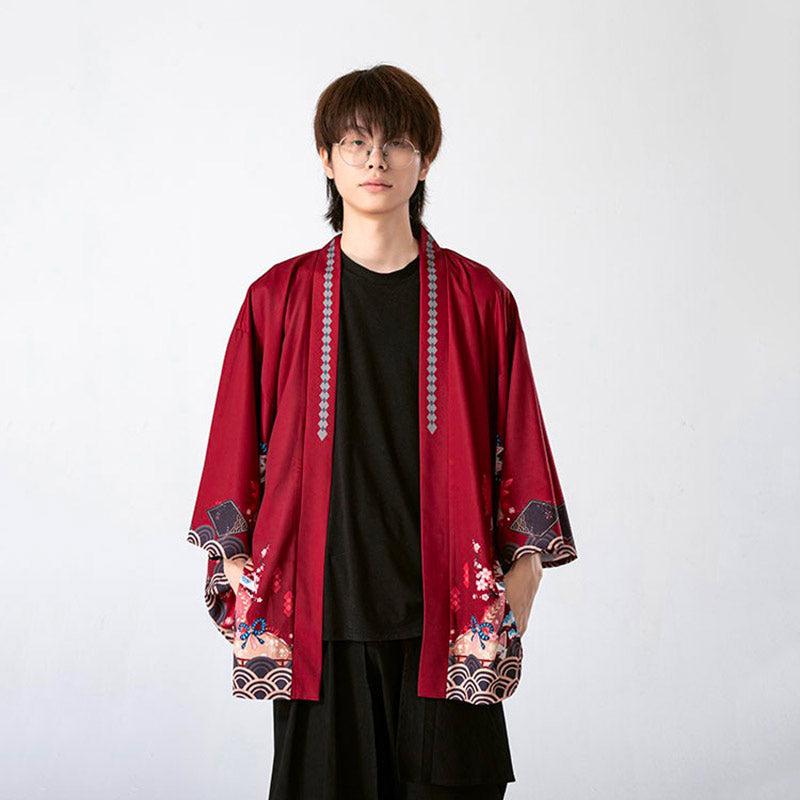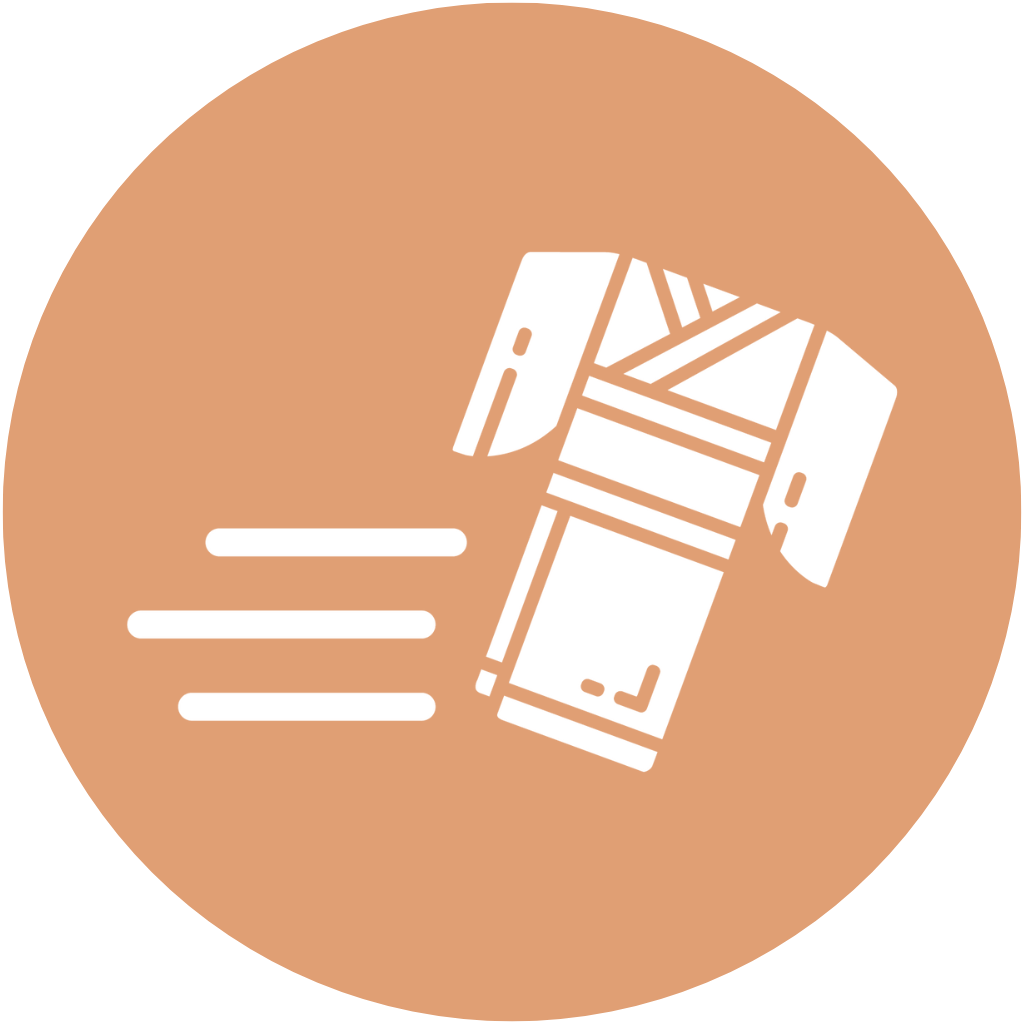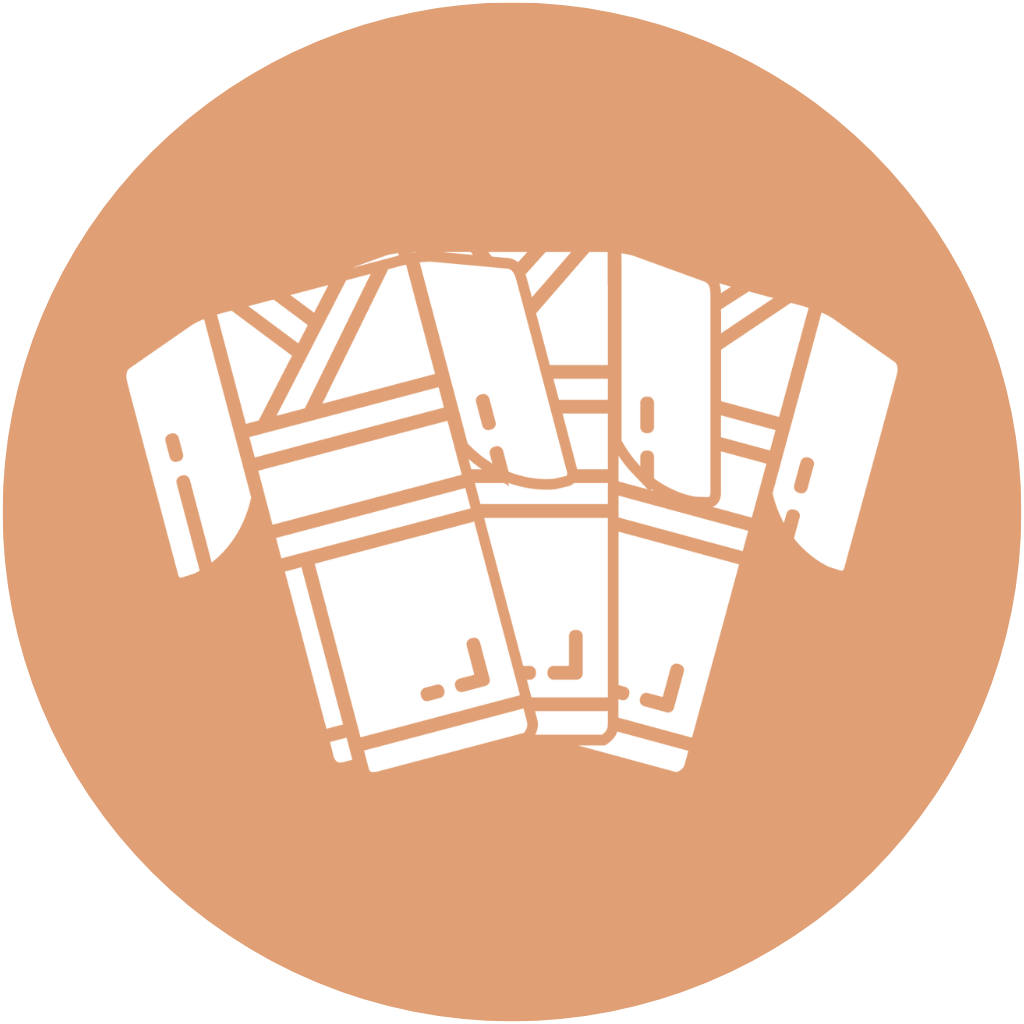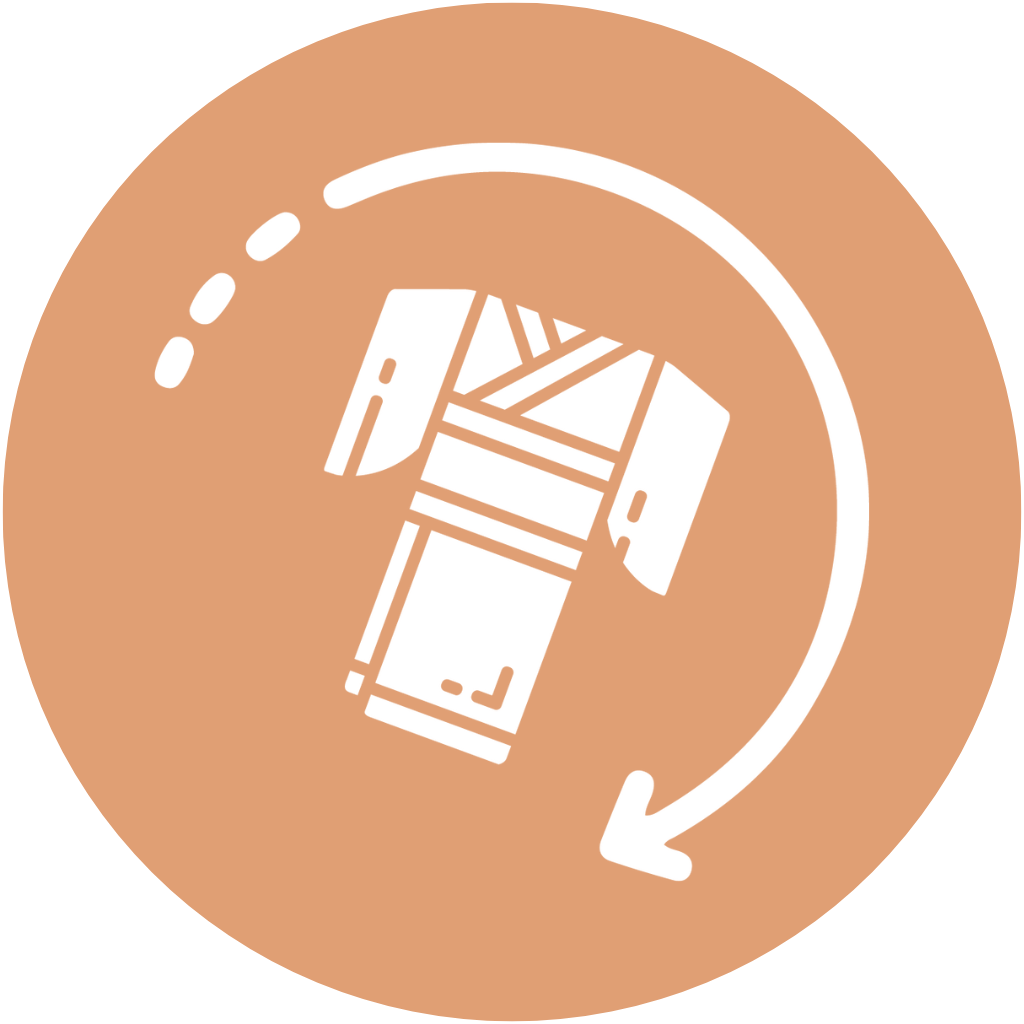
How to wear a women's kimono?
Source: Freepik
Long seen as a symbol of traditional elegance, the women's kimono is now part of current fashion trends. Blending cultural heritage with urban flair, it's a key piece in any wardrobe. However, knowing how to wear it flawlessly requires a few guidelines. Discover how to wear a women's kimono correctly here.
Women's kimono: what is it?
The women's kimono characterizes a traditional Japanese outfit with its straight cut, long sleeves and length that goes down to the ankles. Made from noble fabrics such as silk, it is adorned with refined and symbolic patterns, often carrying stories or seasons. Unlike the yukata , which is lighter and used mainly during the warmer months, the kimono is worn during ceremonies or special occasions . Its silhouette is structured by a large belt called an obi, carefully tied. Today, it also inspires modern fashion while retaining its timeless elegance. If you want to buy Japanese kimonos for women, consult our dedicated collection .
What are the steps to wearing a women's kimono?
Source: Freepik
Wearing a women's kimono is not something you can improvise. This traditional garment requires precision, preparation, and a minimum of technique to ensure it fits properly. Every step counts to achieve an elegant, balanced, and timeless look.
Prepare your body and underwear
Before you begin, it's essential to wear suitable clothing that will make it easier to put on the kimono and respect its lines. Kimonos are generally worn over:
-
a non -wired bra or sports bra;
-
simple panties;
-
a susoyoke or bottom skirt; and
-
a hadajuban, cotton or linen underwear.
These couches create a neutral and stable base, essential for achieving an elegant look. Tabi socks should be put on first, as once the kimono is on, it becomes difficult to bend over without disturbing the structure. Finally, hair should ideally be tied back to free the nape of the neck, an area highlighted by the kimono collar.
Mastering dressing with the nagajuban and its accessories
The nagajuban is the first real visible layer under the kimono. It protects the main fabric from perspiration and gives the garment its structured appearance. Its collar must be reinforced with an erishin , inserted inside to keep it straight. Once the nagajuban is centered on the body, care must be taken to keep a space of about a fist between the collar and the nape of the neck. It is secured with a thin belt called koshi-himo, tied just under the chest. On top, a second belt, the date-jime, must be added to stabilize the whole and keep the collar in place. This step requires a little agility to:
-
adjust the fabrics;
-
remove the excess on the sides; and
-
avoid any visible irregularities under the kimono.
How to properly adjust the kimono
Putting on a kimono requires rigor and method. First, the garment must be centered by carefully aligning the collar seams facing you. Once this symmetry is ensured, the length is adjusted so that the bottom of the kimono reaches a few centimeters above the feet. Crossing the panels is an essential step in dressing. The right panel is first folded against the body, followed by the left panel, which carefully covers it, in accordance with traditional dress rules. Since the reverse crossing is reserved for the deceased, this rule must never be neglected. To secure the whole thing, a thin belt called koshi-himo is tied firmly around the waist, just at the navel. The excess fabric is then carefully folded over this belt.
Fix the kimono and work the collar
The final step is to firmly secure the collar while removing any creases. A korin belt (with clips) or a third koshi-himo can be used to secure the two sides of the collar. This should form a clean opening at the nape of the neck, revealing about two centimeters of the nagajuban collar. Using precise movements, the side seams are pulled to remove any creases in the back, then a second date-jime is tied under the bust, above the previous one. This smooths the bust and permanently stabilizes the outfit. The visible ends of each belt are folded inside to provide a clean appearance. This step marks the end of the dressing of the kimono itself, just before the obi, the large decorative belt that will complete the silhouette, is placed.
Where to buy a women's kimono?
Source: Freepik
Finding a kimono that suits contemporary tastes while respecting traditional Japanese aesthetics is now more accessible than you might think. Whether for formal wear, a Japanese-inspired look, or a unique fashion piece, several options are available to those who wish to wear one. In France, some stores specializing in Asian clothing offer authentic or revisited models. It is also possible to turn to Japanese cultural events, such as trade shows or festivals, where local artisans and retailers often display their selection of kimonos. For those who prefer to try them on, these places also offer the advantage of seeing the fabric and the quality of the finishes.
For a larger or more personalized purchase, online shopping is an excellent alternative. You can find:
-
Japanese sites offering traditional pieces shipped internationally;
-
French or European platforms offering modern models inspired by the kimono;
-
online vintage shops for those looking for a second-hand kimono or a rare piece.
Before confirming a purchase, it's important to check the sizes, materials, and read customer reviews. A good, well-chosen kimono will last for years without losing its grace.


